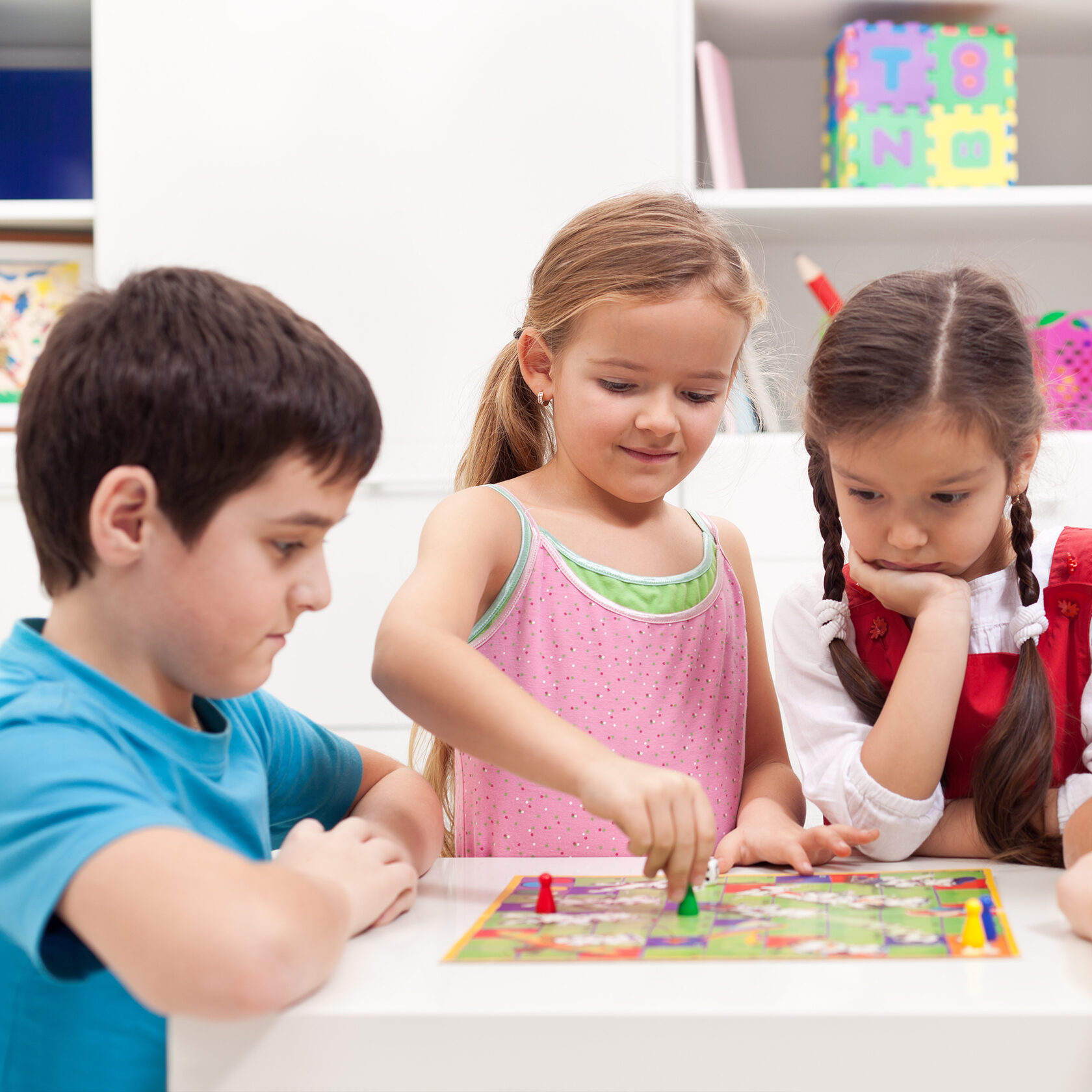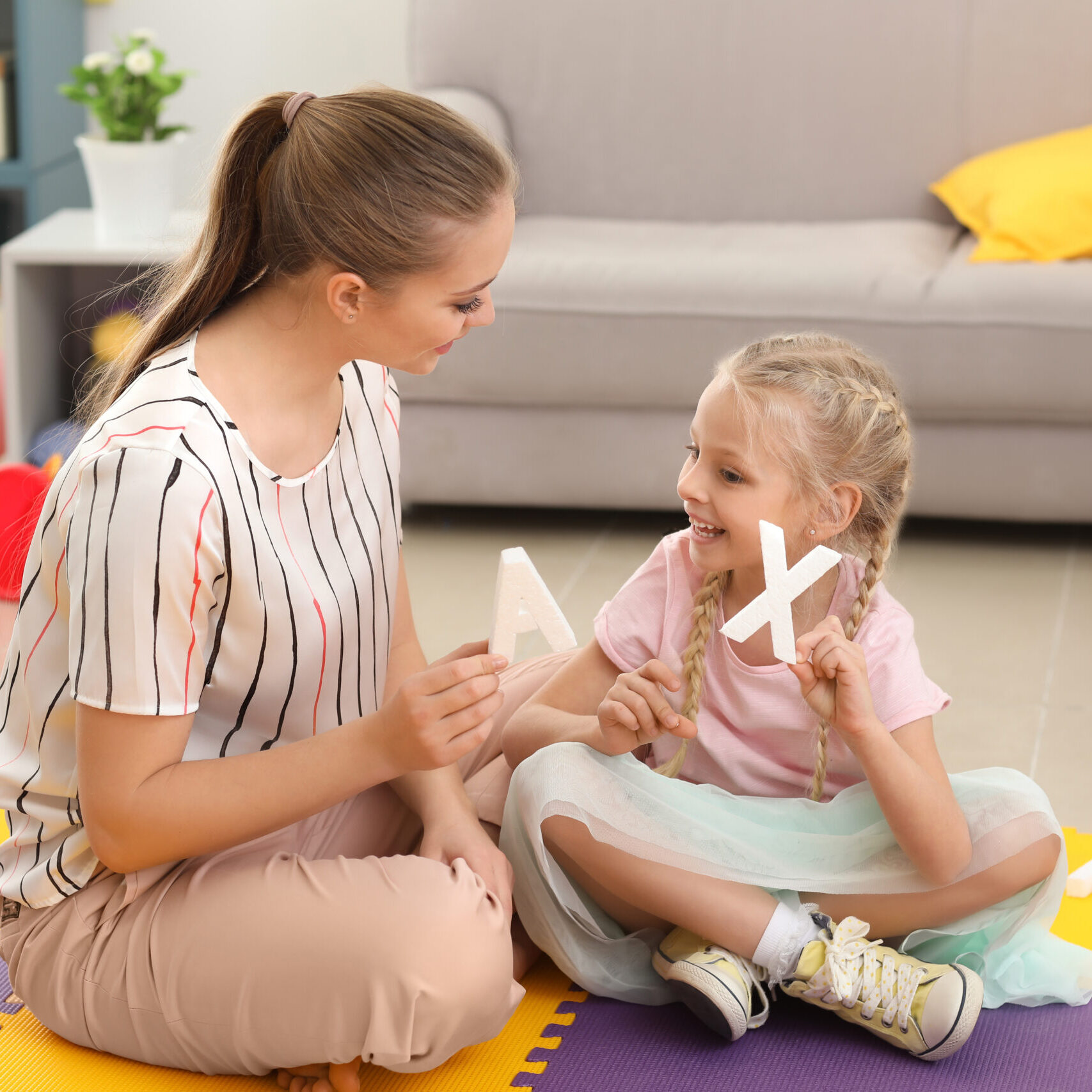Treatment Specialties
We have experience and expertise in providing therapy for children specific to:

Autism & Neurodiversity
Autistic children demonstrate DIFFERENCES in the way they learn, acquire language, play, communicate, process sensory input, interact with others, and experience the world. Neurodiversity-affirming services are accepting, respectful, and strength-based.
Gestalt Language Processors
Gestalt language processors process early language in “strings of sounds” or “chunks,” rather than processing single words. Many people acquire knowledge this way and is often common with Autistic children. This can be in the form of Echolalia (the immediate or delayed repetition of language) and/or Scripting (the repetition of words, phrases, or sounds).

Language Disorders (Expressive & Receptive Language)
A Language Disorder makes it difficult to use and understand language. A child with a language disorder will have difficulty understanding what people say to them, as well as using sentences to communicate their own thoughts, ideas, and feelings.
Gestalt Language Processors
Analytic and gestalt language development are two ways to process and develop language. Analytic is often seen as the “typical" method of developing language, using words first as the building blocks to produce sentences. Children who use gestalt language development process language in whole chunks instead of processing single words. Both analytic and gestalt language development are normal and natural!

Social Language Disorders
Developing strong social thinking skills is important for successful social interaction building, maintaining relationships, and adapting to social norms and expectations. It allows individuals to understand social dynamics, communicate effectively, cooperate with others, resolve conflicts, and demonstrate empathy and understanding. Social thinking abilities typically develop over time through social experiences, observation, and learning from others. However, some individuals may experience challenges in social thinking, such as those with autism spectrum disorders or certain social communication disorders. In such cases, targeted interventions and strategies can be implemented to support the development of social thinking skills.

Speech Sound Disorders Articulation & Phonological Disorders
A Speech Sound Disorder is the inability to produce certain sounds or words by a certain age. This can affect social, academic, and professional development.

Early Intervention
Services are provided to support infants, toddlers, and their families when a child has or is at risk for, a developmental delay, disability, or health condition that may affect typical development and learning. The goal of Early Intervention is to lessen the effects of a disability or delay by addressing the identified needs of young children.

AAC (Augmentative & Alternative Communications)
Assistive technology (the use of any equipment or tool) is used to improve functional daily living to supplement or compensate for impairments in speech-language and/or comprehension.

Childhood Apraxia of Speech
Childhood Apraxia of Speech is when a child has difficulty planning the movements necessary to say words. Children with Apraxia often know what they want to say, but their mouth just won't move the way it needs to in order to say words clearly.

Resonance & Voice Disorders
Voice disorders can affect the pitch, volume, or sound quality of your voice. They occur when the vocal folds are unable to properly vibrate which can be due to nodules, polyps, or anything that makes it harder for the vocal folds to vibrate. Voice disorders can be common among preschool children.

Fluency Disorders
A fluency disorder is an interruption in the flow of speaking characterized by the repetition of sounds, syllables, words, and phrases. Stuttering is the most common fluency disorder.
